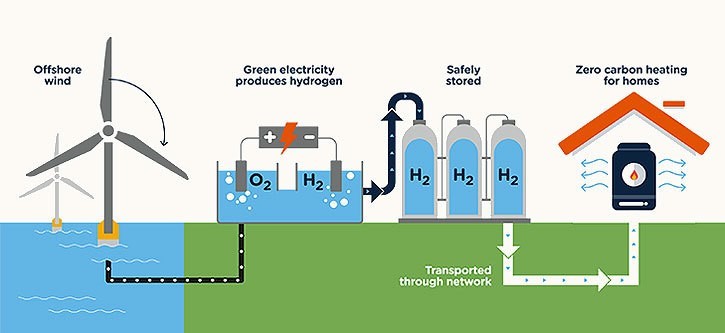900 319 0030
enquiry@shankarias.in
Recently, Government has announced an Rs 17,490 crore Green Hydrogen Package.

Panchamrit
National Green Hydrogen Mission was launched in 2023 to make India a hub for production and export of Green Hydrogen.